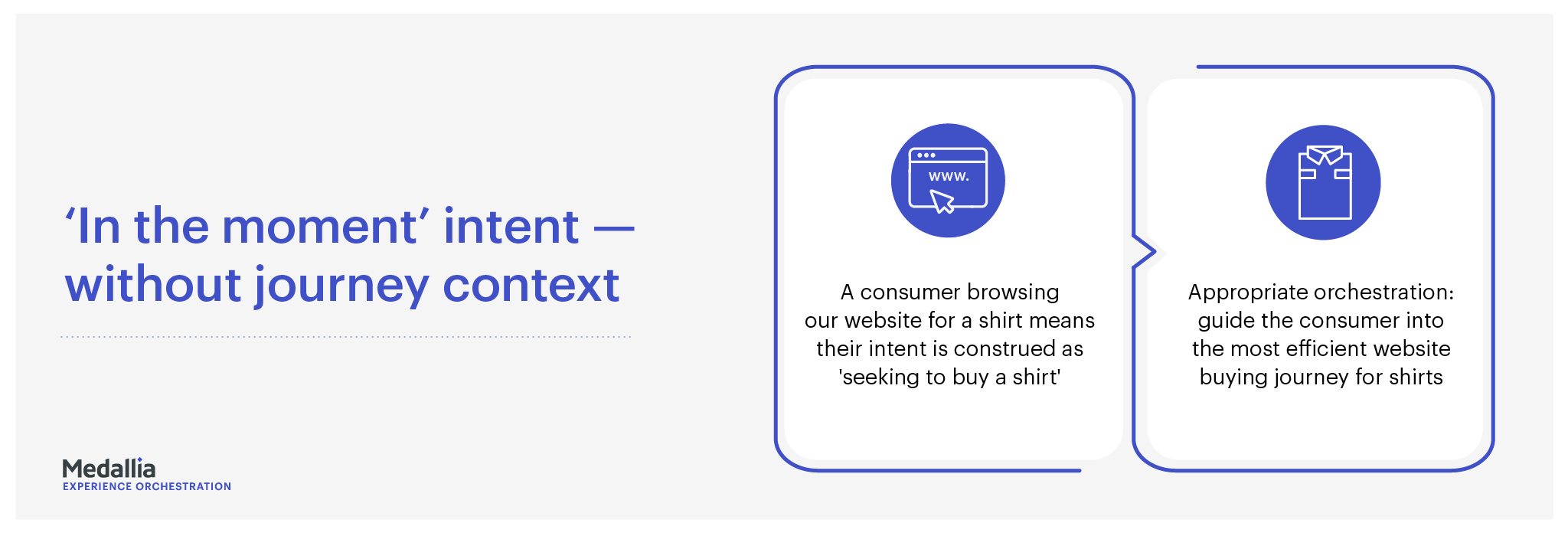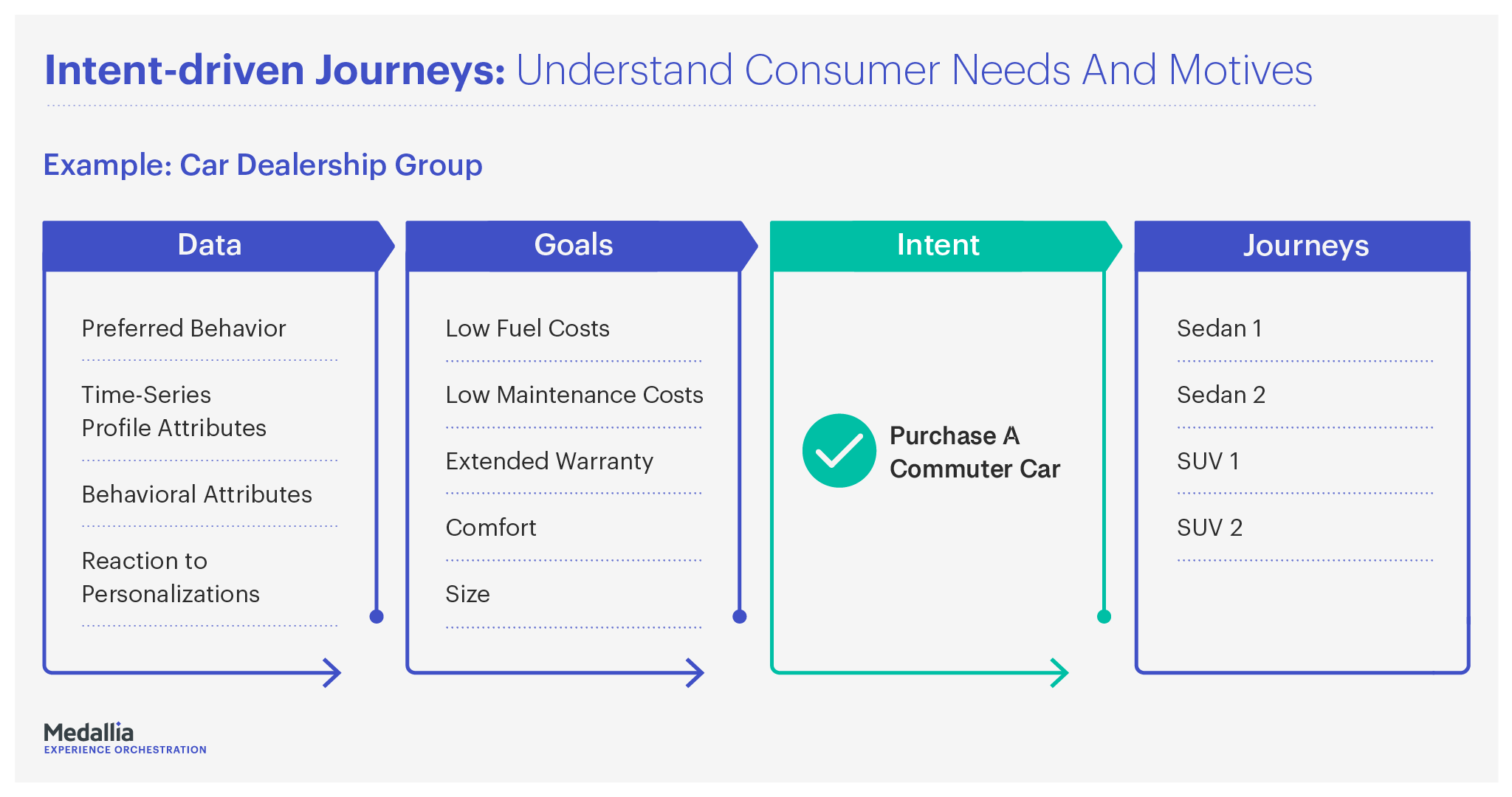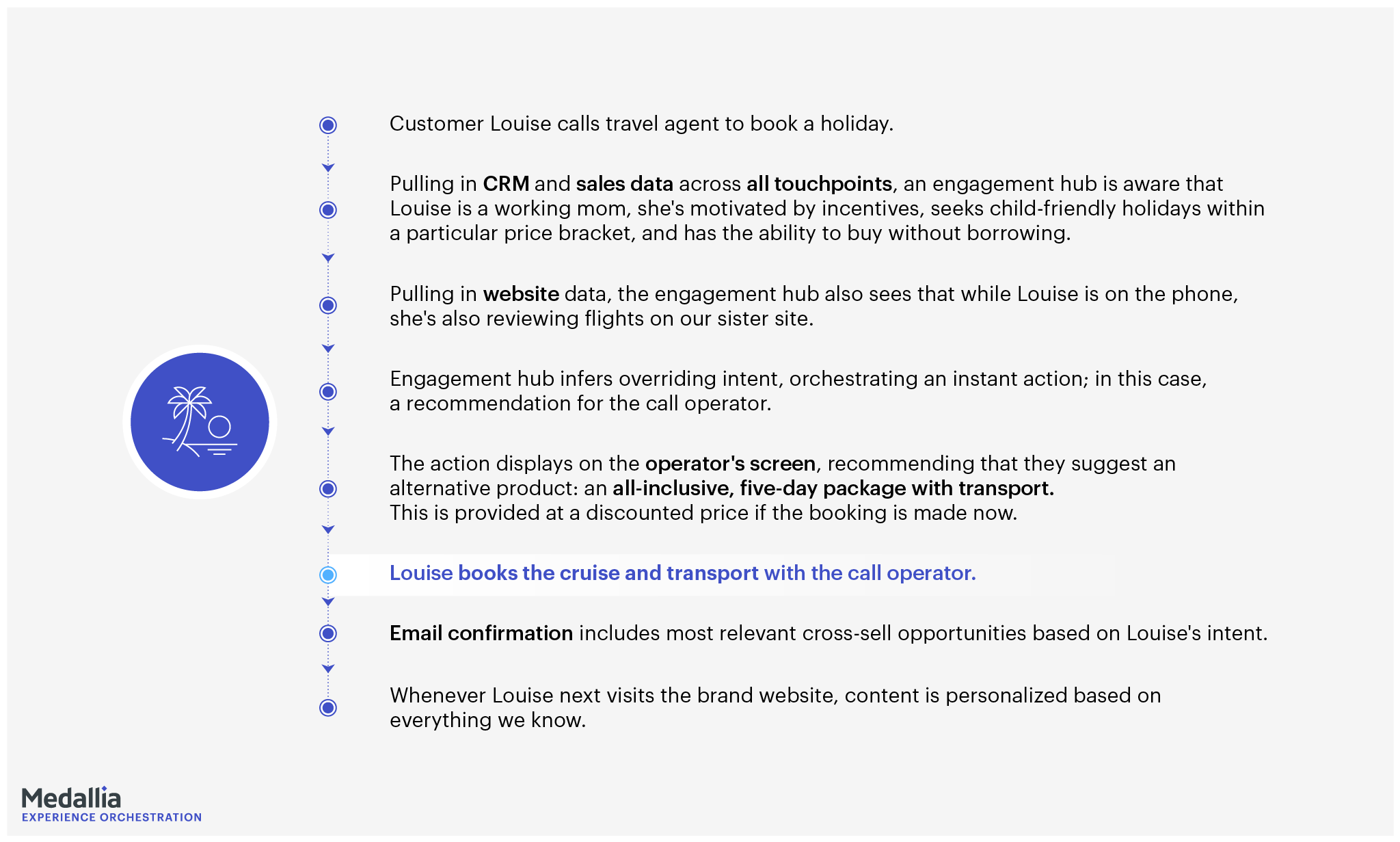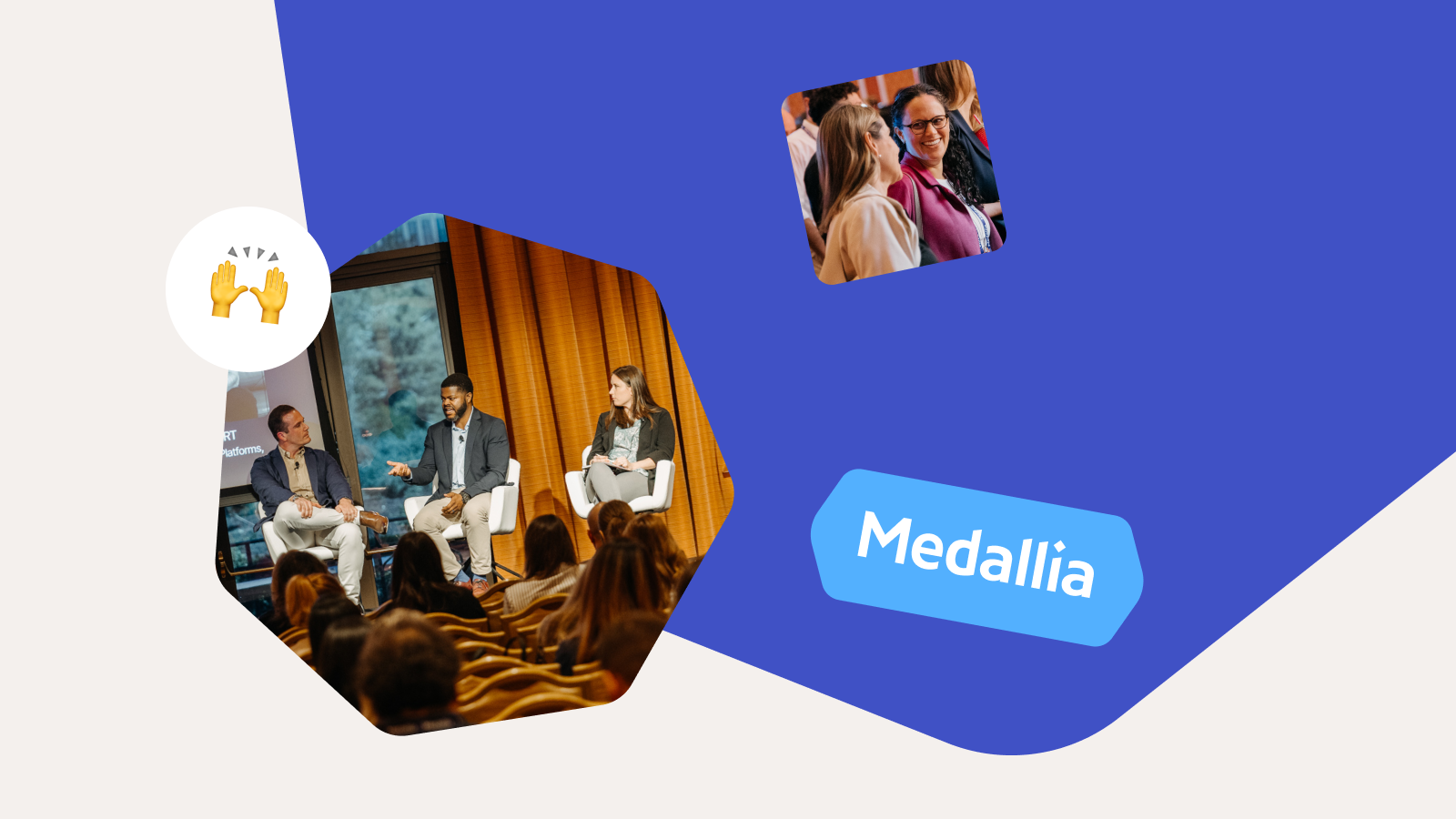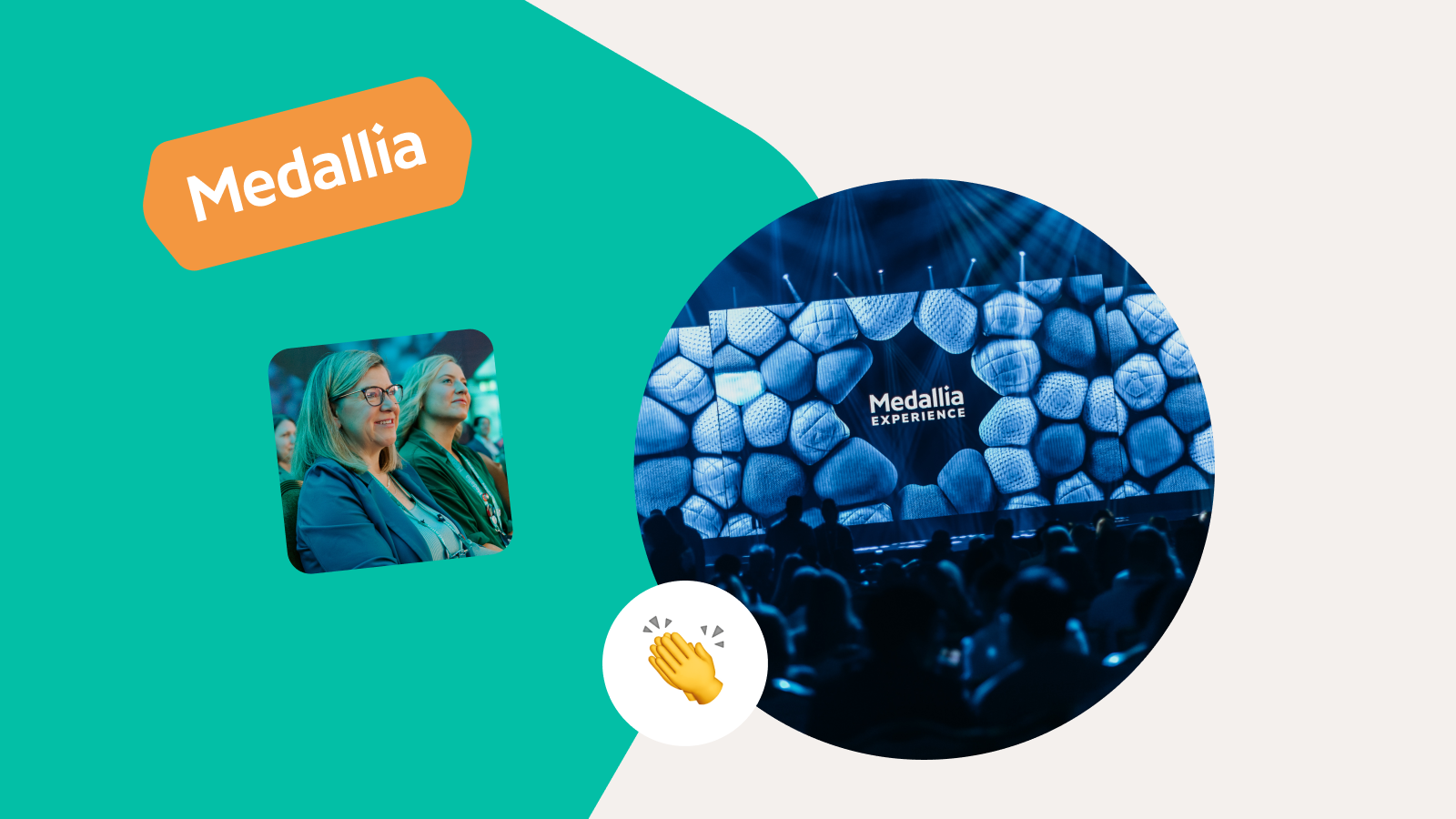Understanding Intent-Driven Journeys – and Why They Are a Game-Changer
July 15, 2020
Customer Experience
While it may have once been empty platitude, businesses are now pivoting to focus attention and resource on the needs of the customer with unprecedented vigor. This often leads them on a daunting quest to realize the elusive customer-driven journey.
Customer journeys have evolved to become genuinely customer-driven, as opposed to being solely campaign-based. So what are these new intent-driven journeys, why are they important, and why isn’t every business mobilizing them?
Intent: The Firepower Behind Customer-Driven Journeys
Naturally, customer-driven journeys necessitate handing over a degree of orchestration “control” to our customers. Each individual journey then forms naturally, across channels and along the path of least effort. And while such a handover can be unsettling for the uninitiated, the rewards of this level of customer-centricity are significant.
“Intent” is the beating heart driving the associated orchestration. It informs journeys, providing us with the means to create the most personal, relevant, and desirable experiences possible. To put it plainly, journey orchestration is virtually useless unless we can understand customer intent. What is the driving force behind an individual’s behavior?
Clearly, our ability to understand this behavior and respond appropriately is directly related to the volume of associated context we can access. Yet paradoxically, many organizations have long-described intent in terms of micro-moments. This frames behavior within a digital, immediate, and conversion-based world, mobilizing data from similar journeys to assist conversion at scale. Considering the optimization of large digital acquisition budgets, this makes logical sense.
While there may be commercial benefits at scale and in the short term, the approach is still product-focused rather than customer-led. Deeper, individual intent isn’t being understood or considered, risking poor customer experiences; in the above example, we could be missing the fact that:
- Some customers are natural browsers. When appropriately encouraged (based on more than merely their last click), many will purchase at greater volume and value
- One journey doesn’t fit all: while it makes sense at scale, basket-chasing emails turn many consumers off purchase for significant periods, damaging longer-term conversion
- Although a major component, in-the-moment behavioral attributes are not the same as true intent – visualized in this illustration:
In the end, customer behavior can be erratic and complex. Dig beyond in-the-moment behavior for overriding intent, and everything starts to make much more sense.
Getting to the Heart of Intent
Once we can decipher underlying intent, the goal of intent-driven journeys is to turn every customer experience (whether purchase, inquiry, or complaint) into a value-adding servicing opportunity. Naturally, this empowers businesses to help customers reach desired outcomes more swiftly, which ultimately leads to longer, more meaningful relationships.
There are three critical inputs forging our understanding of intent: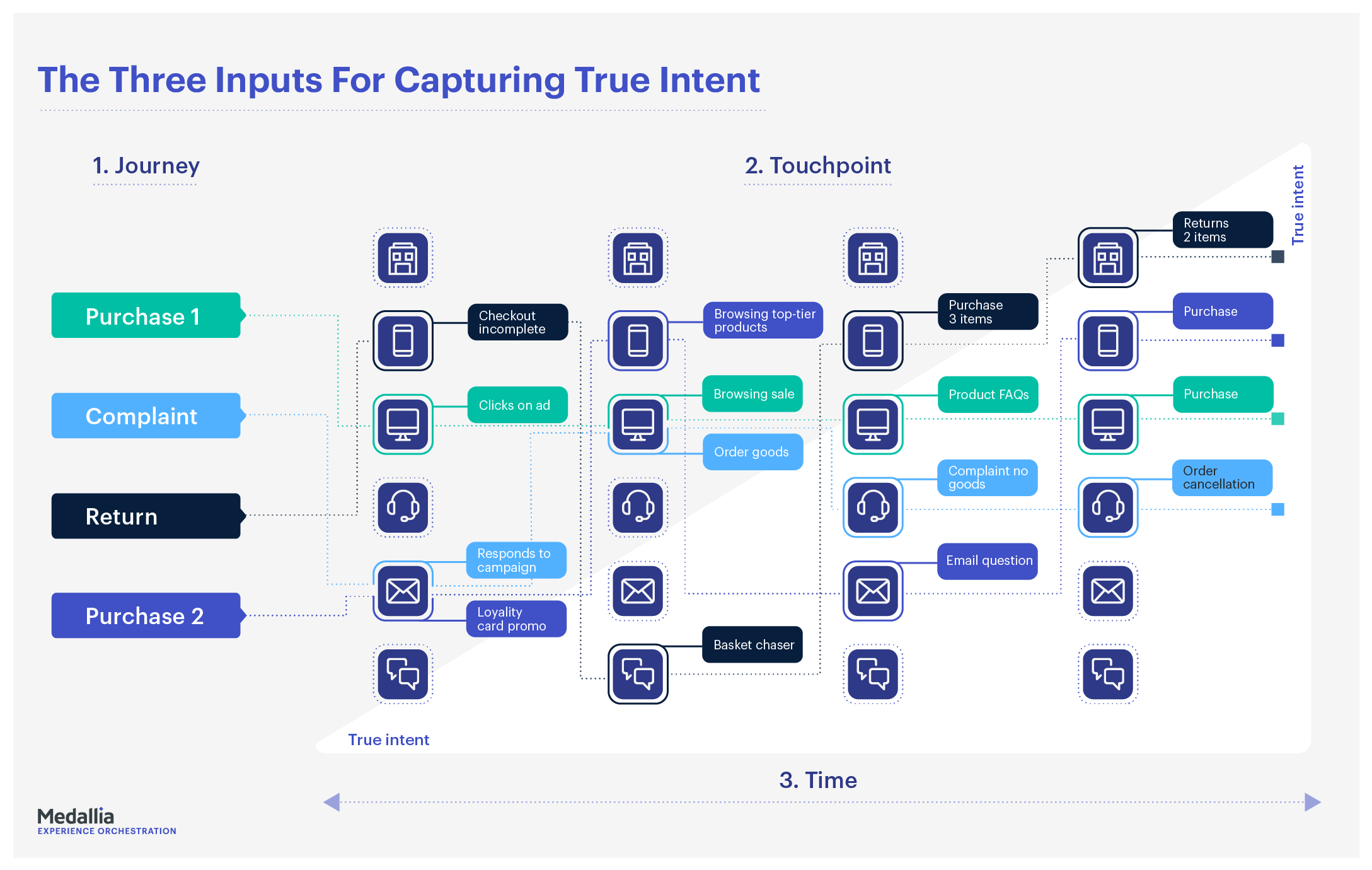 We must pull insight from (1) all journeys, spanning (2) all touchpoints, and most critically, (3) all time. This elevates our understanding from what someone is doing to the deeper question of why. The orchestration of an intent-driven journey is therefore influenced by each individual, guiding them to “best” content or conversation based on their current and historic behavior.
We must pull insight from (1) all journeys, spanning (2) all touchpoints, and most critically, (3) all time. This elevates our understanding from what someone is doing to the deeper question of why. The orchestration of an intent-driven journey is therefore influenced by each individual, guiding them to “best” content or conversation based on their current and historic behavior.
Considering context including recent negative experiences (such as failed deliveries or unusually high call center waiting times), it may suggest suitable alternative channels; irrelevant ads might be suppressed, replaced by an email or call with more applicable messaging. Through its wide-angle lens, intent-based orchestration may also propose complementary products such as financing. But most importantly, all of this is undertaken in an instant to ensure relevance.
Covering the full breadth of customer channels and touchpoints (virtual and physical), the potential opened up by an intent-driven journey approach is significant. Here’s a very simple demonstration:
By transferring an individual customer from one path to another (that better-suited their needs), the positive impact of our intent-driven journey is clear. In this case, Louise was happy with her experience because the brand demonstrated empathy and added value. And equally, the travel provider enjoyed significant upsell.
To Make Change, Measure Change
When setting targets, ask “what is the net customer value-add?”
For example, a digital team focuses on clicks and conversion; from paid ads through digital channels to payment. Meanwhile, call centers are tasked with reducing call handling time, or cost-to-serve. Efficiency is a common driver. But while each of the goals offers measurable value to the business, they are operating in isolation and fundamentally, failing to start with the customer.
In their report The Future Of Enterprise Marketing Technology, Forrester describes “organizational gaps separating marketing and customer experience…disconnects between customer insights and engagement are particularly challenging, as only about half of global B2C marketing decision makers say they’re responsible for shaping customer understanding and only 39% are responsible for designing CX.” So, while KPIs may be realized, an organization can for various reasons fail to understand the relationship between connected customer experience and longer-term satisfaction.
This all matters because unless metrics change, there’s no motivation for leaders to embrace intent-driven journeys. Customer happiness should be a shared responsibility: just like intent-driven journeys themselves, targets should be set across channels, touchpoints – and time. Only by forging new targets across divisions (e.g. marketing, sales and service) can we incentivize customer-centricity – and the forging of new collaborations.
Achieving Success with Intent-Driven Journeys
The term “customer-led” has been reverberating around boardrooms for some time – and with good reason. But few realize this ambition; our ability to decipher customer intent is the catalyst for success, providing adopters with a powerful competitive edge. While many organizations find the concept overwhelming, the fortunate reality is that they probably already have most of the technology needed. With the right partner to unify and activate data, intent-driven journeys can be up and running within a matter of weeks.

